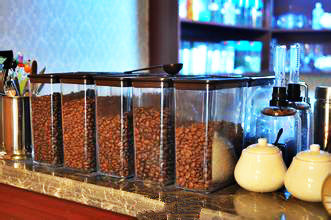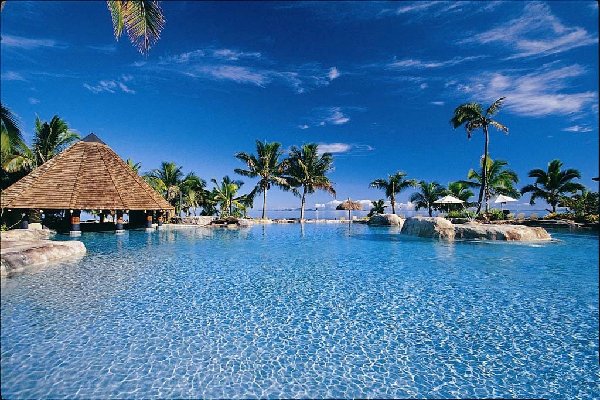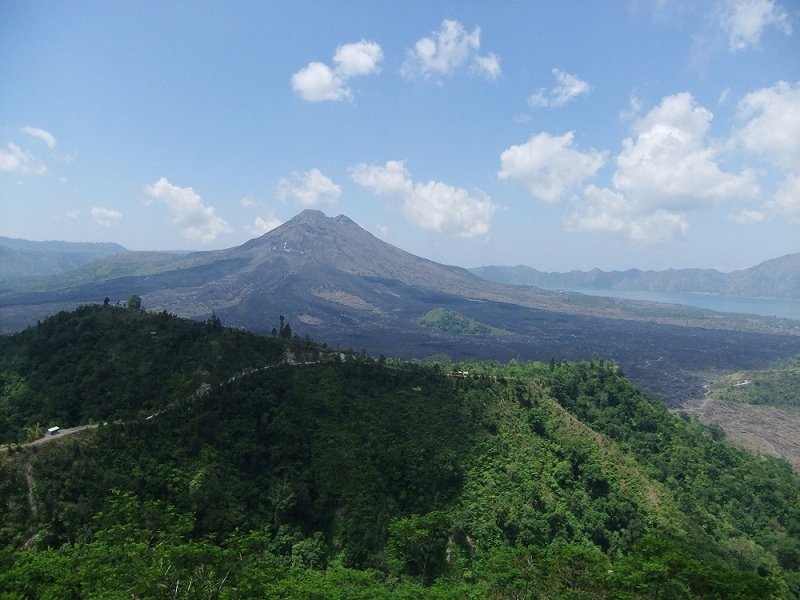The coffee network recommends Guatemala Vivetnam fruit producing area coffee beans high-quality Guatemalan single beans.
The Republic of Guatemala (Spanish: Rep ú blica de Guatemala), translated as Guatemala, is a country of Central America, located in the south of the North American continent. It borders the Pacific Ocean to the west, the Caribbean Sea to the east, Mexico to the north, Belize to the northeast, and Honduras and El Salvador to the southeast. Guatemala produces about 3.5 million bags of coffee each year, and raw coffee beans account for 40 per cent of the country's total agricultural exports. This country, which mainly grows and exports coffee, has fertile soil suitable for coffee trees, suitable climate, abundant water resources and high altitude planting height. There are also many well-known producing areas in its territory, such as Antigua, Vivette Nanguo, Koban, Alcatel Nanguo, Attland, New Oriental, St. Marks and so on. Vivette Nango and Antigua are best known to coffee lovers.
Located in the tropics, there are many volcanoes in the territory, the northern and eastern coastal plains have a tropical rain forest climate, and the southern mountains have a subtropical climate. The year is divided into two dry and wet seasons, with the wet season from May to October and the dry season from November to April of the following year. The annual precipitation is 2000-3000 mm in the northeast and 500-1000 mm in the south. The forest accounts for half of the country's area and is the location of the best latitude for coffee production. Because coffee is an important cash crop in the area, it has given rise to a rich coffee culture. People drink coffee every day. Most people have a cup of coffee for lunch.
Like Costa Rica, El Salvador, Mexico, Honduras and other Central American countries, Guatemala's classification is based on altitude. Coffee produced at high altitudes is generally of higher quality than at lower altitudes, because the higher the altitude, the lower the temperature. At high elevations, the slower the coffee grows, the more beneficial it will be to the accumulation of good substances. That's why there is a way to classify quality by altitude. So what is the grading method based on altitude? Let's take Guatemala as an example. The higher the altitude, the higher the density of coffee beans and the higher the grade of raw coffee beans:
The highest grade is SHB very hard beans, which are grown above 1350m above sea level.
The second is HB hard bean, which is planted at 1200m~1400m altitude.
There are also SH slightly hard beans, which are planted at an altitude of 1200m.
Coffee was really introduced into Guatemala in 1750 by Father Jesuit, where the coffee industry was developed by German colonists at the end of the 19th century. Today, most of the coffee industry's production takes place in the south of the country. Guatemala has seven main coffee producing areas: Antigua (Antigua), Cobain (Coban), Lake Attilan (Atitlan), Vevetnango (Huehuetenango), Farahan Plateau (Fraijanes), Oriente (Oliente) and San Marco (San Mareos).
The Antigua Valley (Antigua Valley) is the oldest and best-known coffee producing area in Guatemala. Volcanoes and extremely shallow groundwater levels form a dry microclimate, characterized by low humidity, adequate sunshine and cool nights. The extremely high content of pumice (pumice) in the soil of Antigua (from the active Fuaigo volcano Fuego) keeps the humidity stable at 65% all the year round, which is very different from other volcanic coffee producing areas, where the humidity usually varies greatly between the dry and wet seasons. Fertile volcanic soil, low humidity, plenty of sunshine and cool nights all make Antigua unique.
Antigua coffee is produced in Camana Manor, where the best quality coffee is ELPulcal, which is not only of good quality, but also, when compared with other Latin American coffees, this coffee is quite complete, rich and astonishing, and you will find it unexpected if you enjoy it with chocolate. The most important thing is that it has a very rich taste, a richer taste, and it has a fascinating taste of tobacco.
Vivette Nanguo is an important coffee producing area in Guatemala. Unlike Antigua, Vivette Nanguo has more aromatic, clear fruit flavor (fruity flavors) and refreshing flavor. Due to the high altitude, the coffee beans are of better quality, rich taste and full grains, which are favored by the European royal family. Guatemala is a coffee bean familiar to the Japanese. The classification is divided into seven grades according to the elevation. Coffee beans produced in highlands (SHB / 4500 feet above) are more mellow, while coffee beans produced in lowlands are of lower quality.

Important Notice :
前街咖啡 FrontStreet Coffee has moved to new addredd:
FrontStreet Coffee Address: 315,Donghua East Road,GuangZhou
Tel:020 38364473
- Prev

The characteristics of island coffee beans in Bali, Indonesia the characteristics of Asian coffee beans
Indonesia-BaLi is a famous tourist area in Indonesia. It is an island in the Little Sunda Islands east of Java, covering an area of more than 5560 square kilometers and a population of about 2.8 million. Bali west from the capital Jakarta about 1000 kilometers, and the capital Jakarta is located across the sea from the island of Java, only 1.6 kilometers away. Because the island is located in the tropics and is affected by the ocean, its climate
- Next

China Coffee net SL28 species of Guava Plain Manor in Guatemala New Oriental producing area
Guatemala is one of the most important coffee producing countries in Central America, with long mountains and different regional climates, thus creating eight major coffee producing areas in Guatemala, all located on the highland topography of the subtropical climate, with abundant and stable rainfall and fertile volcanic ash soil is an excellent environment for coffee trees to grow. Plan del Guayabo is located next to the Volcn de Suchitn volcano.
Related
- Does Rose Summer choose Blue, Green or Red? Detailed explanation of Rose Summer Coffee plots and Classification in Panamanian Jade Manor
- What is the difference between the origin, producing area, processing plant, cooperative and manor of coffee beans?
- How fine does the espresso powder fit? how to grind the espresso?
- Sca coffee roasting degree color card coffee roasting degree 8 roasting color values what do you mean?
- The practice of lattes: how to make lattes at home
- Introduction to Indonesian Fine Coffee beans-- Java Coffee producing area of Indonesian Arabica Coffee
- How much will the flavor of light and medium roasted rose summer be expressed? What baking level is rose summer suitable for?
- Introduction to the characteristics of washing, sun-drying or wet-planing coffee commonly used in Mantenin, Indonesia
- Price characteristics of Arabica Coffee Bean Starbucks introduction to Manning Coffee Bean Taste producing area Variety Manor
- What is the authentic Yega flavor? What are the flavor characteristics of the really excellent Yejasuffi coffee beans?

